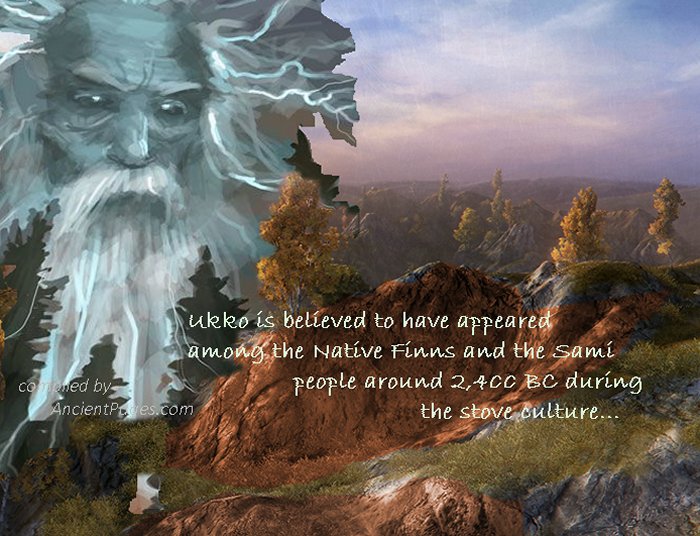Ukko: Karelian-Finnish God Of Thunderstorms, Harvest, Patron Of Crops And Cattle
A. Sutherland - AncientPages.com - In Karelian-Finnish mythology, Ukko ('grandfather 'or 'old man') was responsible for weather, lightning, and thunderstorms. He controlled the clouds and the harvest of the year.
Powerful thunderstorms were heard when the god Ukko drove his chariot through the skies, according to an ancient explanation of this natural phenomenon.
Frost, ice, snow, hail, wind and rain, sunshine, and shadow were believed to come from the hands of Ukko.
Ukko – the "The Pivot of the Heavens" - was often depicted as sitting upon a cloud in the sky's vault and bearing the firmament on his shoulders. As the god of heaven, he was pleased for the harvest to succeed. He was worshiped as the patron saint of crops and cattle.
Ukko created and maintained order in the world, and his act of creation of all things was described in the Finnish epic 'Kalevala':
"Ukko, that supreme Creator, he himself, Ukko, the god of heaven, separated water from heaven, he shared water with land (9: 33-36). "
Ukko Was Known By Many Epithets
In the Finnish epic 'The Kalevala,' Ukko was recognized as "The Leader of the Clouds," "The Shepherd of the Lamb-Clouds," "The God of the Breezes," "The Golden King," "The Silver Ruler of the Air," and "The Father of the Heavens."
The god of thunder has a long tradition in many ancient cultures. Some researchers suggested that Ilmarinen, divine blacksmith, inventor, and sky god, refers to the origin of Ukko because, in some legends, Ukko is the creator and blacksmith. Also, Ukko has counterparts in prominent deities described in Indo-European mythologies, including the Baltic god of thunder, Perkunas, the Norse god Thor, the Slavic god of heaven, and lightning, Perun, and Ukko's closest counterpart in Greek mythology, Zeus.
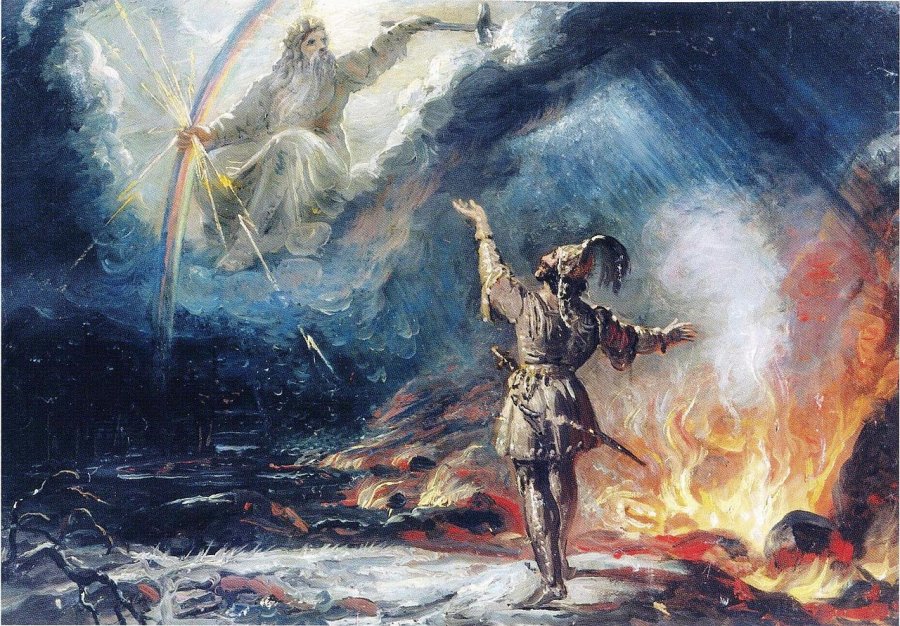 Painting by Robert Ekman in 1867 called Lemminkäinen asks help from Ukko ylijumala with crossing the lake in fire on his route to the wedding at Pohjola. Public Domain
Painting by Robert Ekman in 1867 called Lemminkäinen asks help from Ukko ylijumala with crossing the lake in fire on his route to the wedding at Pohjola. Public Domain
During the stove culture, a strong belief in the Karelian-Finnish god Ukko appeared among the Native Finns and the Sami people around 2,400 BC.
Ukko's Powerful Divine Weapons
According to legends, Ukko presented himself as a broad-axed, older man with a gray beard and white hair, dressed in a blue dress, riding a chariot along the heavenly stone road.
His main attributes were lightning, an ax, a magical hammer ('Ukonvasara' or 'hammer of Ukko'), and a flaming sword, which produced powerful lightning when hitting the ground.
He also had a fiery bow and fire arrows, and by using his tremendous powers, the great Ukko could strike evil spirits in the mountains that could only hide from his attacks in the water.
Numerous abandoned stone weapons were found in Karelia, Finland, at the beginning of the Copper Age. Then, local shamans collected and protected them for many years. These stone artifacts possessed certain heavenly powers to perform cures and heal diseases. The Finnish people called flint 'Ukonkivi' ("Ukkos sten"), or the firestone of the god Ukko" (Ukon pii), and as tradition has it, Ukko carved lightning from it.
Limited Knowledge About Ukko Comes From Poems And Songs
Information about the gods in Finnish mythology has been passed orally through poems and songs. The god Ukko was considered a demon among Christians in the Finnish regions since ceremonies and cults were related to Satan.
In ancient beliefs, the gods were not only good or bad, but forces of good and evil often accompanied them.
In his account of the Bible Book of Psalms from 1551, Mikael Agricola (1510–1555), the 16th century Lutheran bishop and reformer, described the pantheon of gods worshiped by the Finnish people in ancient times. He mentioned the sacred marriage of Ukko and his wife, Rauni. It was believed that when Rauni swears, god begins to get angry, and thunder rumbles just before people saw the flashes of lightning. Finally, the blessed rainfalls provide a harvest.
However, Agricola was a churchman, and the purpose of this description was to criticize and root out pagan customs firmly and not to continue the tradition of old deities.
Juhannus - Midsummer Holiday
Initially, it was a pagan celebration known as Ukon juhla, the celebration of Ukko, the most important god in Finnish mythology. Tradition has it that people place birch bunches of a birch on either side of the front door of their cabins or even on their boats to welcome visitors. In Finland, people still observe the Ukon juhla festival. When Finland became a Christian country, the Pagan festival was officially renamed "Juhannus," held in honor of John the Baptist. During the festival, it's a tradition to large lit bonfires by lakes and the sea.
On June 21, many people worldwide (especially the northern Europeans) celebrate the summer solstice, the so-called Midsummer. The celebrations take place on the day between June 19 and June 25 and the preceding evening. The exact dates vary among different cultures.
Written by – A. Sutherland - AncientPages.com Senior Staff Writer
updated on June 30, 2021
Copyright © AncientPages.com All rights reserved. This material may not be published, broadcast, rewritten or redistributed in whole or part without the express written permission of AncientPages.com
Expand for referencesMore From Ancient Pages
-
 On This Day In History: Astronomer John Couch Adams And The Discovery Of Planet Neptune – On July 3, 1841
News | Jul 3, 2016
On This Day In History: Astronomer John Couch Adams And The Discovery Of Planet Neptune – On July 3, 1841
News | Jul 3, 2016 -
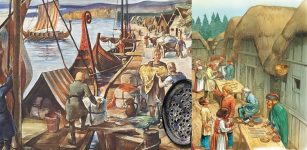 Félag – Ancient Viking Company Organized Trade Finance
Ancient History Facts | May 4, 2018
Félag – Ancient Viking Company Organized Trade Finance
Ancient History Facts | May 4, 2018 -
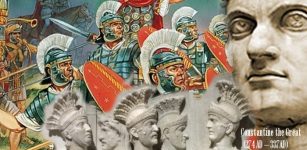 Praetorian Guard: Roman Elite Unit Assigned To Protect But Also Involved In Confinement, Execution, Spying And Threats
Featured Stories | May 26, 2018
Praetorian Guard: Roman Elite Unit Assigned To Protect But Also Involved In Confinement, Execution, Spying And Threats
Featured Stories | May 26, 2018 -
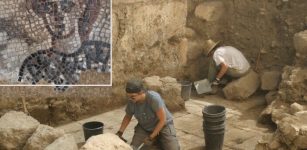 Depictions Of Two Biblical Heroines Unearthed In Ancient Synagogue, Huqoq In Galilee, Israel
Archaeology | Aug 24, 2022
Depictions Of Two Biblical Heroines Unearthed In Ancient Synagogue, Huqoq In Galilee, Israel
Archaeology | Aug 24, 2022 -
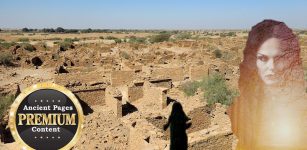 Ancient Mystery Of The Village Where All Residents Vanished Overnight
Ancient Mysteries | Oct 19, 2021
Ancient Mystery Of The Village Where All Residents Vanished Overnight
Ancient Mysteries | Oct 19, 2021 -
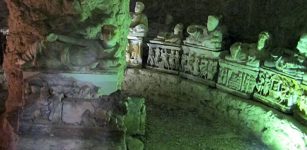 Inghirami Tomb – Spectacular Etruscan Burial With 53 Alabaster Urns In Ancient City Of Volterra, Italy
Featured Stories | Apr 19, 2021
Inghirami Tomb – Spectacular Etruscan Burial With 53 Alabaster Urns In Ancient City Of Volterra, Italy
Featured Stories | Apr 19, 2021 -
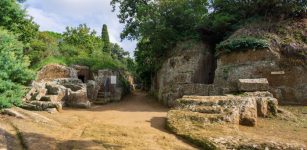 Etruscan City Of Cerveteri With Magnificent House-Like Tombs Decorated With Scenes From Life And Death
Featured Stories | May 17, 2022
Etruscan City Of Cerveteri With Magnificent House-Like Tombs Decorated With Scenes From Life And Death
Featured Stories | May 17, 2022 -
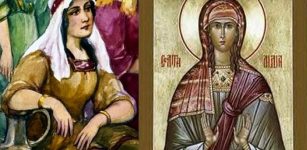 Biblical Lydia ‘Woman Of Purple’ Who Run Her Own Business
Biblical Mysteries | Apr 9, 2019
Biblical Lydia ‘Woman Of Purple’ Who Run Her Own Business
Biblical Mysteries | Apr 9, 2019 -
 The Hitra Man Lived In A Turbulent Time – Was He A Stone Age Warrior?
Archaeology | May 10, 2024
The Hitra Man Lived In A Turbulent Time – Was He A Stone Age Warrior?
Archaeology | May 10, 2024 -
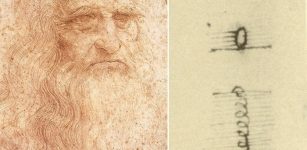 Leonardo da Vinci’s Paradox Cracked
Ancient Technology | Jan 19, 2023
Leonardo da Vinci’s Paradox Cracked
Ancient Technology | Jan 19, 2023 -
 Mythical Underground Labyrinth And Legendary Long-Lost Golden Tomb Found In Italy?
Featured Stories | Nov 21, 2024
Mythical Underground Labyrinth And Legendary Long-Lost Golden Tomb Found In Italy?
Featured Stories | Nov 21, 2024 -
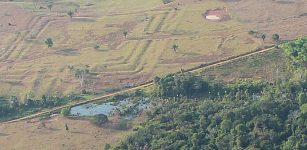 Millennial Pre-Colonial Cultural Influence Is Evident In The Amazon Forest
Archaeology | Jun 28, 2020
Millennial Pre-Colonial Cultural Influence Is Evident In The Amazon Forest
Archaeology | Jun 28, 2020 -
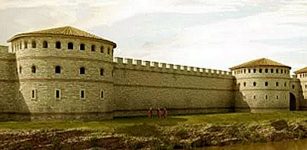 Huge Ancient Roman Kovachevsko Kale Fortress And Discovery Of A Horreum In Bulgaria
Civilizations | Dec 15, 2015
Huge Ancient Roman Kovachevsko Kale Fortress And Discovery Of A Horreum In Bulgaria
Civilizations | Dec 15, 2015 -
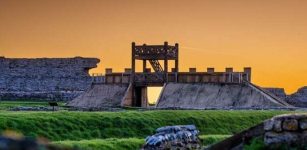 Reconstructed Roman Gateway Tells The Story Of Britain’s Invasion
Featured Stories | Aug 26, 2023
Reconstructed Roman Gateway Tells The Story Of Britain’s Invasion
Featured Stories | Aug 26, 2023 -
 DNA Unravels Mysteries Of The Crannogs, Ancient Artificial Islands Older Than Stonehenge
Archaeology | Oct 10, 2022
DNA Unravels Mysteries Of The Crannogs, Ancient Artificial Islands Older Than Stonehenge
Archaeology | Oct 10, 2022 -
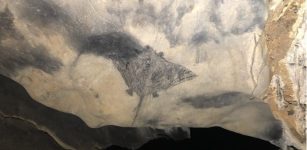 New Dating Of Intriguing Cave Art Reveals History Of Puerto Rican People
Archaeology | Oct 19, 2023
New Dating Of Intriguing Cave Art Reveals History Of Puerto Rican People
Archaeology | Oct 19, 2023 -
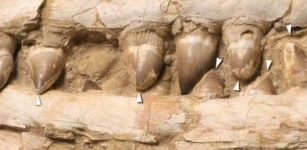 ‘Sea Monsters’ Were Real Millions Of Years Ago: New Fossils Tell About Their Rise And Fall
Featured Stories | Oct 8, 2022
‘Sea Monsters’ Were Real Millions Of Years Ago: New Fossils Tell About Their Rise And Fall
Featured Stories | Oct 8, 2022 -
 Mystery Of Acoma – Sky City Of And People Of The White Rock Reveal A Surprise
Ancient Mysteries | Aug 16, 2018
Mystery Of Acoma – Sky City Of And People Of The White Rock Reveal A Surprise
Ancient Mysteries | Aug 16, 2018 -
 Mysterious Kolob – Does The Sacred Star Of The Mormons Exist?
Featured Stories | Feb 4, 2019
Mysterious Kolob – Does The Sacred Star Of The Mormons Exist?
Featured Stories | Feb 4, 2019 -
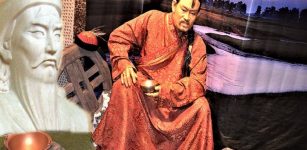 Jamukha: Mongolian Leader, Military And Childhood Friend Of Genghis Khan But Not Forever
Featured Stories | May 8, 2019
Jamukha: Mongolian Leader, Military And Childhood Friend Of Genghis Khan But Not Forever
Featured Stories | May 8, 2019

